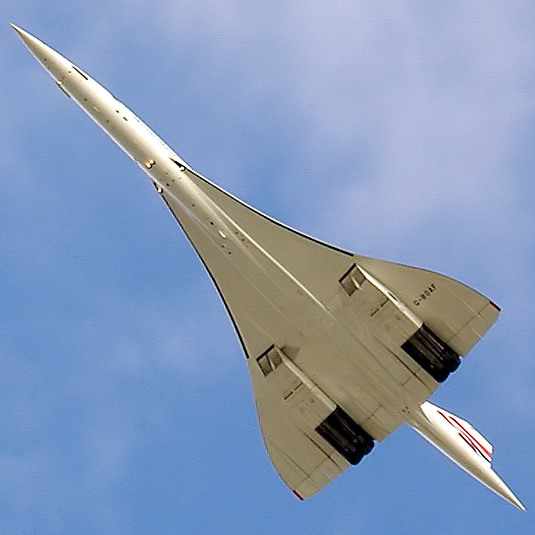Possibly getting closer to the day supersonic flight is available to the masses, NASA and Honeywell have just completed a two year study on how to reduce sonic booms and also understand their effects. The results of the study may make it possible to utilize supersonic travel without the risks and hazards of sonic booms.  Image Source: Wikimedia Obstacles To Faster Flight Traveling to your destination at the speed of sound is an attractive prospect for just about any flyer, but the ability to do so on a commercial airliner hasn’t been possible since the Concorde supersonic jet was retired nearly fifteen years ago. One of the primary obstacles in providing this ultra fast mode of travel is the sonic boom that can potentially occur when supersonic aircraft take to the air. A Ban On The Boom Sonic booms are large pressure changes that are accompanied by an extreme and explosive burst of sound. In addition to being disruptive in terms of noise pollution, they can also cause broken windows and other types of damage. The potential for these issues is why a ban on supersonic travel over U.S. soil has been in place since the 1970s.
Image Source: Wikimedia Obstacles To Faster Flight Traveling to your destination at the speed of sound is an attractive prospect for just about any flyer, but the ability to do so on a commercial airliner hasn’t been possible since the Concorde supersonic jet was retired nearly fifteen years ago. One of the primary obstacles in providing this ultra fast mode of travel is the sonic boom that can potentially occur when supersonic aircraft take to the air. A Ban On The Boom Sonic booms are large pressure changes that are accompanied by an extreme and explosive burst of sound. In addition to being disruptive in terms of noise pollution, they can also cause broken windows and other types of damage. The potential for these issues is why a ban on supersonic travel over U.S. soil has been in place since the 1970s. Image Source: Aviation Today From A Roar To A Rumble Honeywell and NASA have been working on ways to mitigate that risk and make supersonic travel an option for commercial flyers. The conglomerate and the aeronautics and space association have been studying aerodynamic techniques that would allow for smoother pressure changes and a reduction in sonic booms—essentially weakening them from a roar to a rumble. Using data from NASA, Honeywell is also looking at ways that pilots can see, on a screen, the impact a sonic boom could have on the area below the jet, and alter their flight path away from populated areas. Air Travel In Half The Time The findings and implementation of the resulting technology could help to ease restrictions on commercial supersonic flight overland. For coast-to-coast travelers that could be traveling from New York to Los Angles in about half the time it takes on a contemporary airliner. [embedyt] https://www.youtube.com/watch?v=a9Jli0D1uEM[/embedyt] Would you like to see supersonic travel become on option with less risk of a damaging sonic boom? Comment and share your thoughts on this development. Article Sources http://www.cnbc.com http://www.aviationtoday.com http://www.chron.com
NASA And Honeywell Work Toward Supersonic Passenger Flight By Reducing Booms was originally published on MAGODA LLC
No comments:
Post a Comment